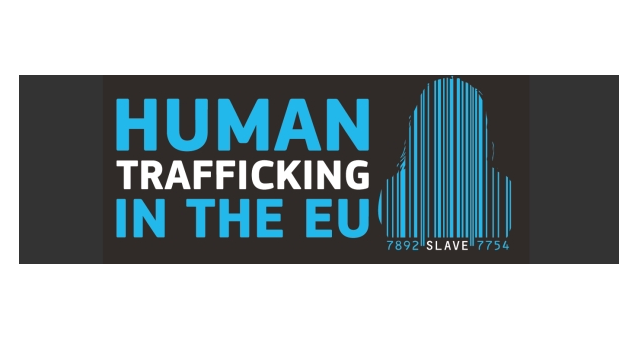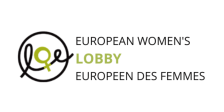Increase of trafficking in human beings in Europe: EWL supports EU Commissioner’s call for action to the Member States

[Brussels, 15 April 2013] EU Commissioner for Home Affairs Cecilia Malmström held a press conference today in Brussels to unveil European figures on the scale of trafficking in human beings in Europe, and to remind EU Member States of their duty to transpose the EU Anti-Trafficking Directive into their national legislation. The deadline for transposition expired on the 6 April 2013. So far, only 6 Member States have fully transposed the directive, and 3 have only reported partial transposition of the directive.
The European Women’s Lobby (EWL) is not surprised by the data collected by Eurostat on trafficking: women account for 68% of victims and girls for 12%. European data is similar to international data on trafficking: victims of sexual exploitation are predominantly female, and women and girls form the largest share of victims in other forms of exploitation, except labor exploitation. This demonstrates that trafficking is a gendered phenomenon, rooted in inequalities between women and men and violence against women, as highlighted by the EWL in its briefing “Trafficking in human beings in the EU: a gendered issue”.
The EWL would like to recall that the figure of 23,632 people identified or presumed victims of trafficking is only the tip of the iceberg when it comes to the reality of the phenomenon of trafficking. If the EU directive and the new EU Strategy on trafficking do provide useful tools for the identification of victims, the EWL would like to point out the need to go further and really address the root causes of trafficking: if policies were concentrated on prosecuting procuring and pimping, as well as addressing the demand for sexual services, prostitution would not fuel so much trafficking in women and girls in the EU. Our analysis is supported by figures of prostituted persons in Europe: while there are around 20,000 persons in prostitution in France, where pimping and procuring are considered as criminal offenses, there are more than 400,000 prostituted persons in Germany, where procuring and pimping have been decriminalized.
It is embarrassing to see that there has been a decrease of 13% in convictions for trafficking in human beings in Europe. Amongst the suspected traffickers, 84% of them traffic human beings (and in great majority women and girls) for sexual exploitation. This decrease could be interpreted in two ways: either the traffickers have developed more sophisticated strategies to escape from the police and justice systems; or the trafficking policies themselves are not efficient enough because they don’t address the real perpetrators of the exploitation. With regards to sexual exploitation, for the EWL, the priority should be to address the demand and therefore the people who directly exploit and benefit from the prostitution of others. Traffickers are part of a chain which fuel the sex industry; we can deter the sex industry from proliferating by criminalizing more strongly sex buyers and pimps. This is what the Swedish example successfully shows: phone tap recordings by the Swedish police proves that traffickers leave the country when they find it hard to do business when demand is attacked in a country where sex buyers are considered perpetrators of violence.
Ending sexual exploitation should be a priority for the EU. The systems of prostitution make the most of inequalities between women and men and stereotypical patriarchal representations, which presumes that women and girls should be available for men’s demands and needs. But the systems of prostitution also exploit other forms of discrimination and vulnerabilities, as the Eurostat statistics on the nationalities of victims show: high numbers of victims of trafficking in the EU have Bulgarian or Romanian citizenship. The EWL position paper on Romani women found an over-representation of persons from the Roma community in prostitution and trafficking: Roma represent from 40 to 80% of victims of trafficking in Bulgaria, Slovakia, Romania, and in the Czech Republic. In Amsterdam and Zurich, Romani women represent from 80 to 99% of the Hungarian prostituted women. Other minority groups are represented in the victims of prostitution and trafficking. We need to be aware of those figures too and bring a debate about the reality of prostitution, if we want to efficiently stop trafficking in Europe.
The EWL therefore welcomes the EU press conference, which puts back the issue of trafficking on the European agenda, and joins Cecilia Malmström’s call to EU Member States to implement anti-trafficking legislation. The EC is also publishing a handbook informing victims, practitioners and Member States about victims’ rights when it comes to trafficking.
Read the EC press release here.
You will find the Eurostat report here.




